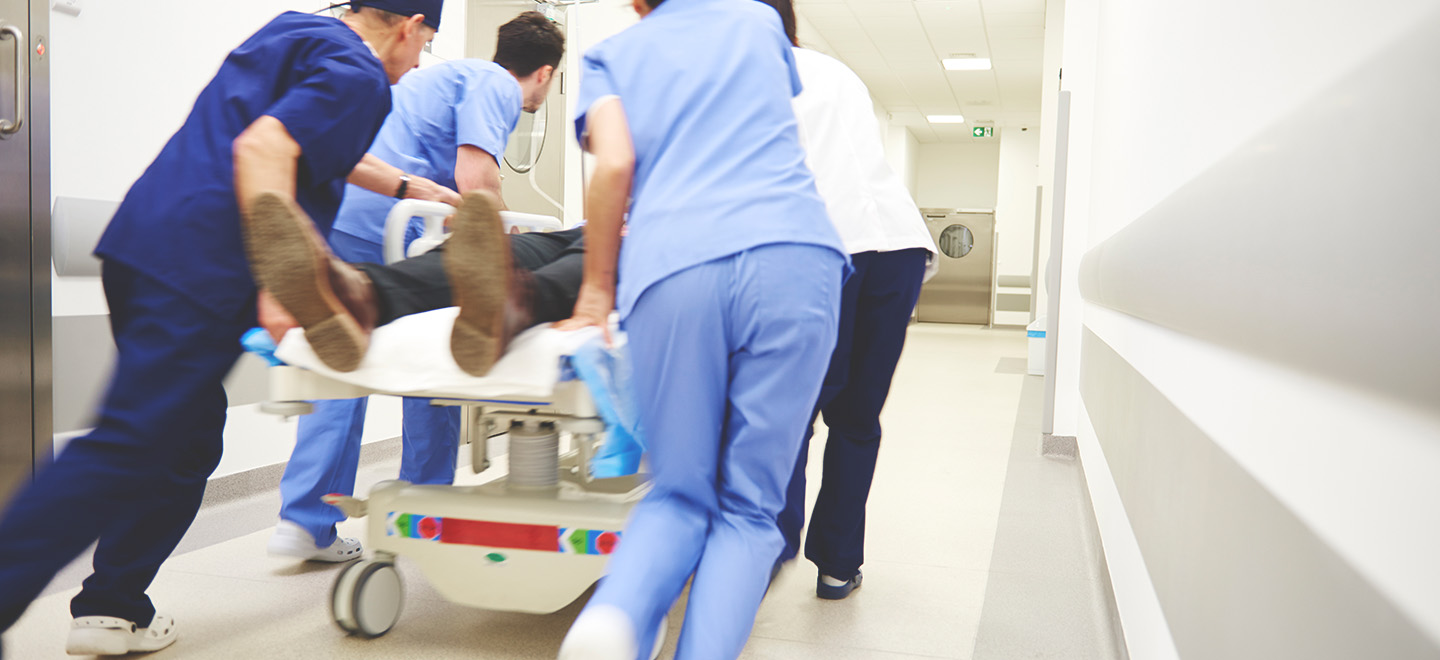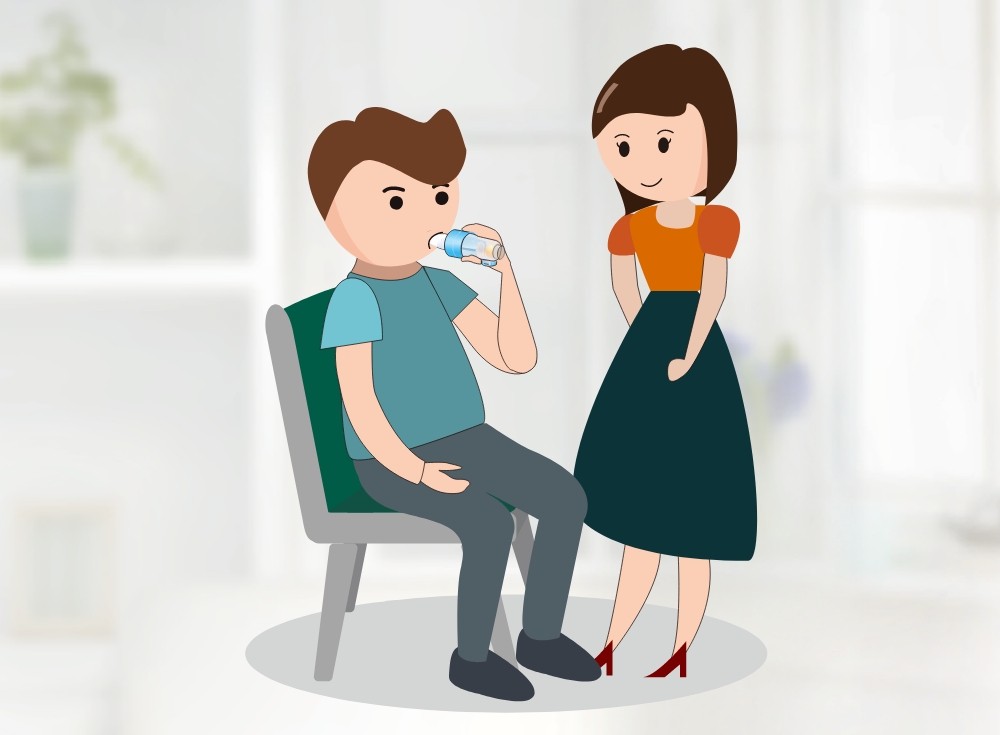COVID-19 may alter an established rehabilitation process and recovery timeline. An increasing number of patients which COVID-19 present with pulmonary and cardiac issues and weakness that can contribute to an extended length of stay.
GaleMed expertise in the design & manufacturing of Respiratory & Anesthesia medical device accessories and components which earned global recognition is one of the best tools you can trust with. Clinicians could only pay attention to deliver the best clinical practice to the COVID-19 sufferers. GaleMed is actively involved in the design and development of airway management products and has assisted many healthcare professionals in saving precious lives.

GaleMed’s critical care product portfolio has been granted essential lifesaving tools during the COVID-19 crisis. We offer lifesaving products and components that could cover every step of the caring process, from Patient Transfer to the Intensive Care Unit, and to home rehabilitation. We are one of the best partners during the pandemic.
GaleMed’s product on each step of COVID-19 Patient Journey
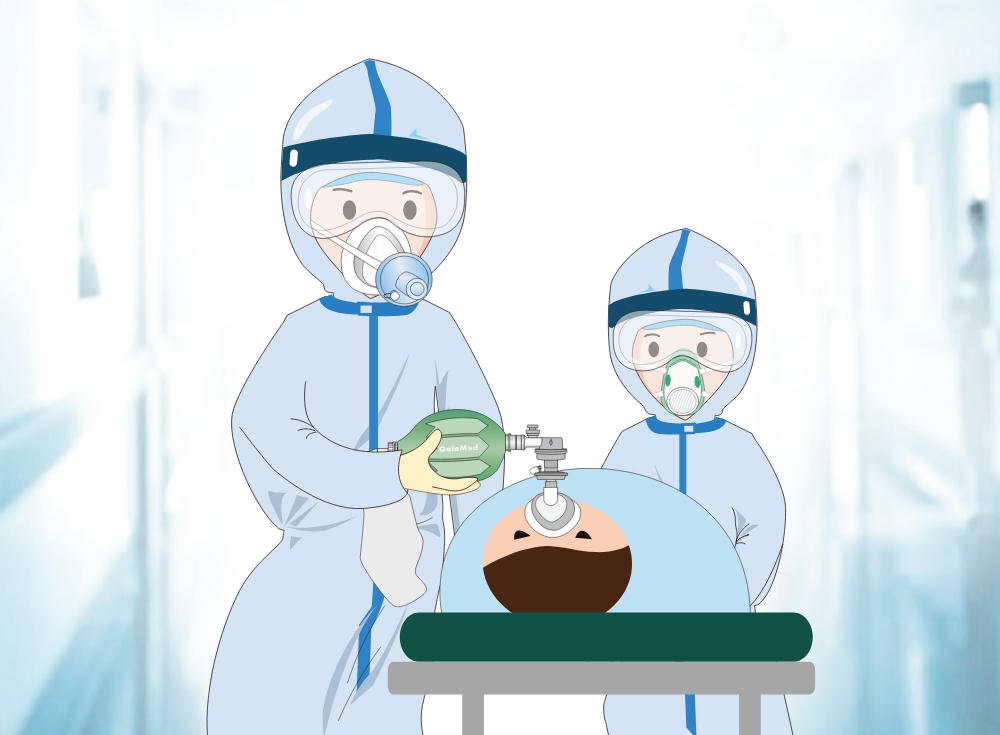
Stage 1.
Patient Transfer
We provide reliable resuscitators and air cushion masks for clinicians to perform the first-aid process on the way to the hospital. This step is crucial to the patient in an urgent situation. Please check our award-winning resuscitations and take action today!
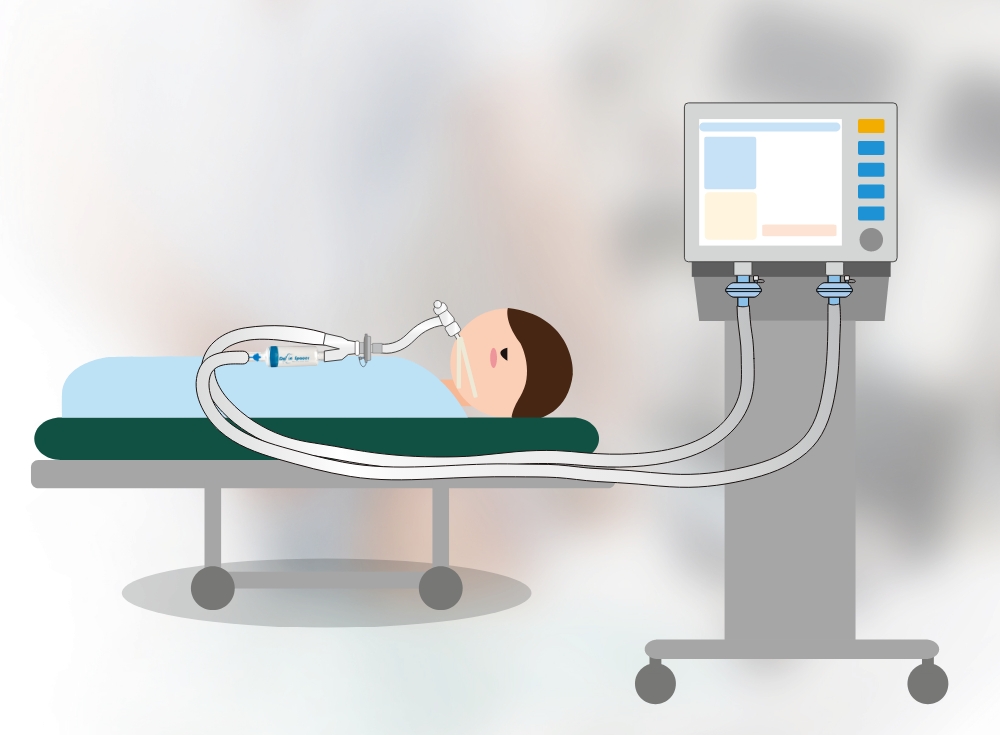
Stage 2.
Intensive Care For COVID-19 Patient
Although there were relatively few patients transferred to intensive care considering the total number of people who got the virus, some may require invasive mechanical ventilation (IMV). The image of intubated patients left a lasting impression on the collective consciousness.
At GaleMed, professionals have been working on and improving the way this complex care is provided for years. GaleMed innovative products set the benchmark in the respiratory care industry.
Intensive care is one of the key moments of COVID-19 patients. An intensive care unit (ICU) provides critical care and life support for acutely ill and injured patients. We are offering.
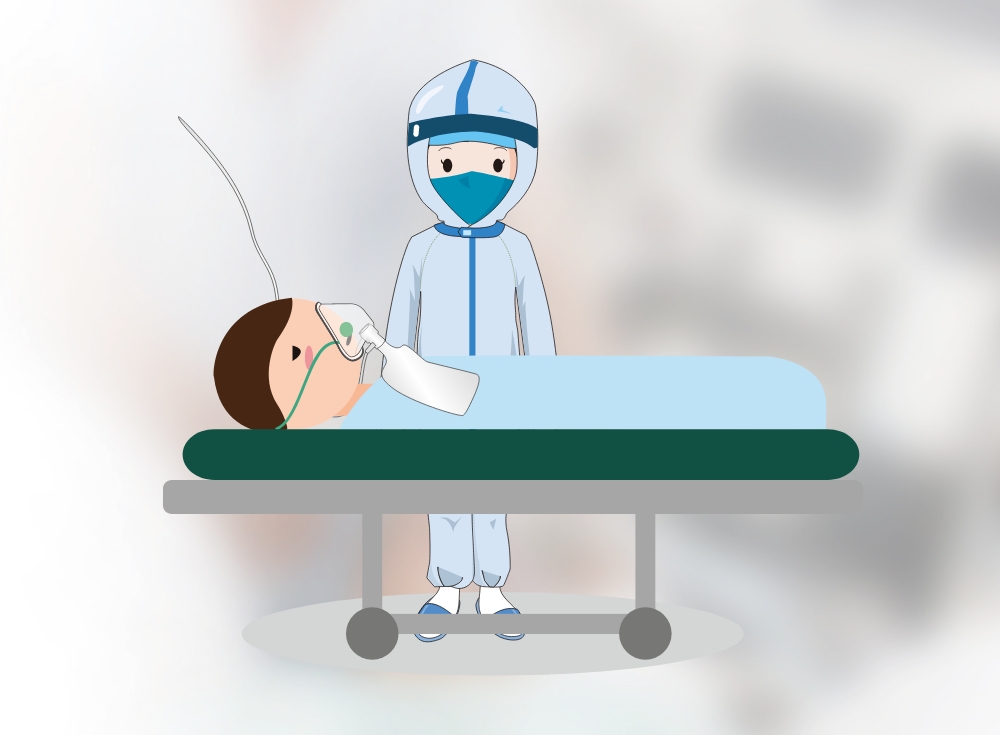
Stage 3.
Oxygen Therapy
Severe illness in COVID-19 typically occurs dyspnea, which is often accompanied by hypoxemia. Patients with severe disease typically require supplemental oxygen and should be monitored closely because some patients may progress to acute respiratory distress syndrome (ARDS).
Conventional oxygen therapy may be insufficient to meet the oxygen needs of the patient with COVID-19 and acute hypoxemic respiratory failure . Options for providing enhanced respiratory support include HFNC, NIPPV, intubation and invasive mechanical ventilation, or extracorporeal membrane oxygenation (ECMO).
At GaleMed, we provide High-Flow Nasal Cannula (HFNC), NIV Mask, and Noninvasive Positive Pressure Exhalation Mask, which are all non-invasive ventilator interface for COVID-19 patients.
Stage 4.
Pulmonary Rehabilitation For COVID-19 Patients at Home and at Hospital
Pulmonary rehabilitation is effective in reducing symptoms and improving health status, and exercise tolerance of patients with COPD and other pulmonary diseases such as COVID-19. Owing to the outbreak of COVID-19, patients have been advised to stay at home and avoid social contact to the maximum extent possible. This has increased patients’ vulnerability to physical deconditioning, depression, and social isolation. GaleMed provides comprehensive solutions to patients with COPD, COVID-19, and those with breathing difficulties. We set high standards and aim to improve the quality of life for our product users.
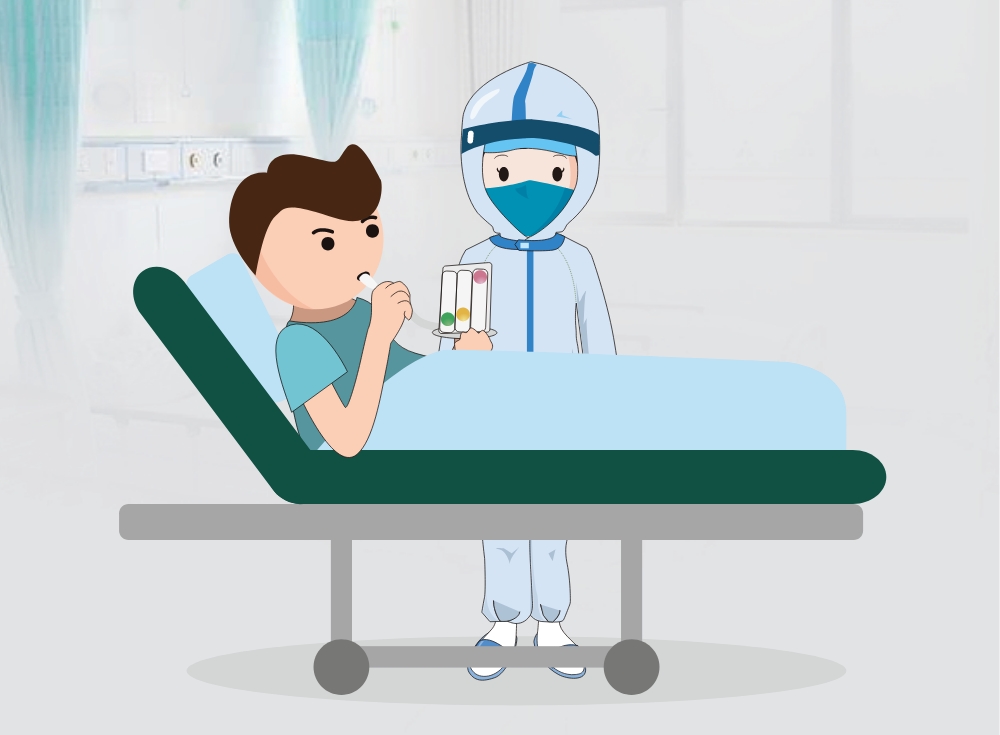
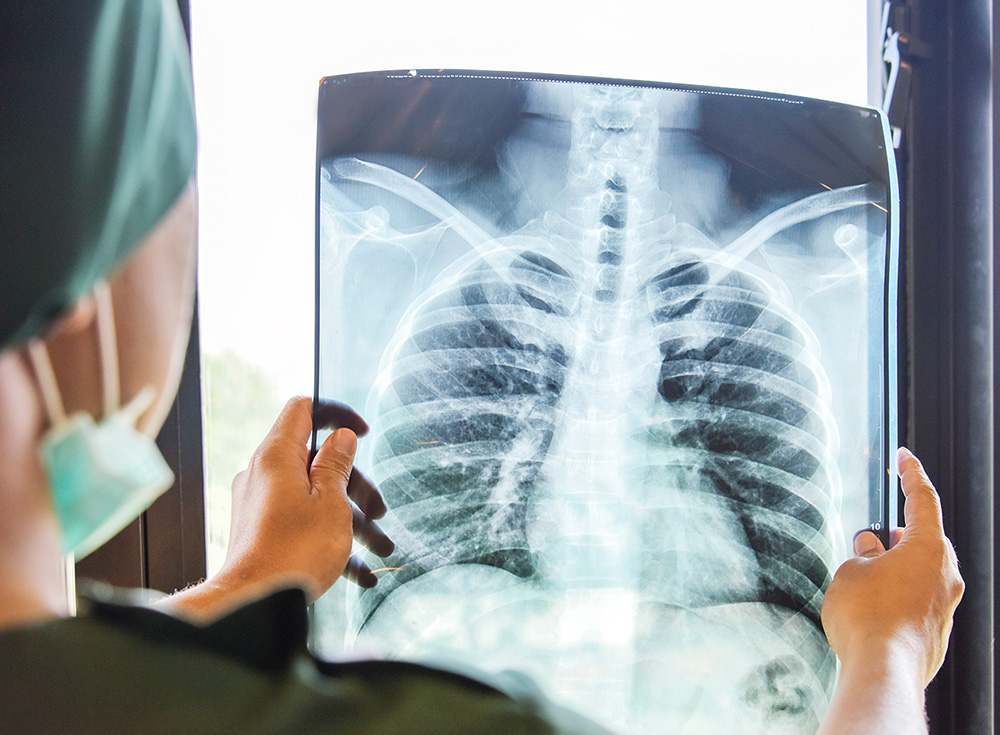
Challenges During Covid-19:
How Our Solutions Can Help With More Agile Care Planning
The pandemic has put enormous pressure on hospitals worldwide. The problems they confronted with are:
- A sustained flow of COVID-19 patients
- The impact of interrupted care for chronic disease patients.
- The impact on the normal flow of patients.
- Enabling care outside the hospital.
GaleMed wants to help you find solutions to your bottlenecks by using our research-based design and implement solutions to improve your procedures and patient outcomes.

